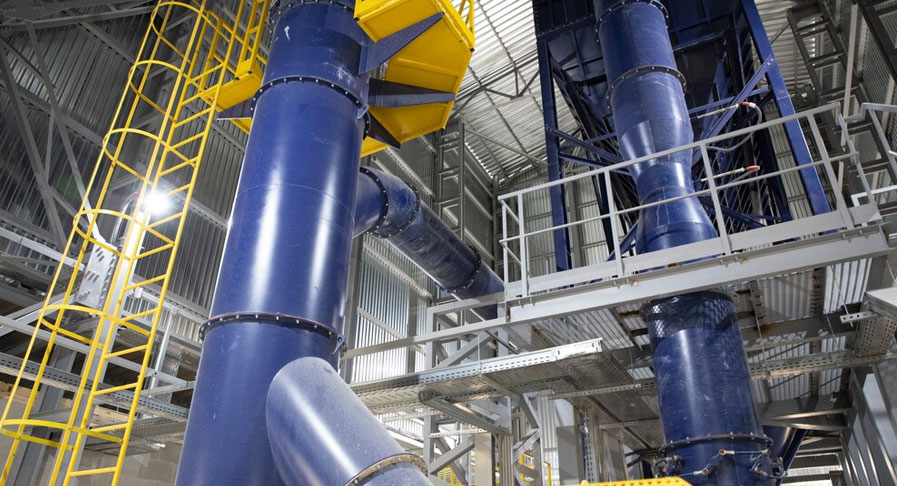
Understanding Classified Plant in Western Australia
When it comes to operating safely and legally in Western Australia's industrial sectors, one term you'll often hear is “classified plant.” But what does that really mean, and why is it so important?
What is Classified Plant?
In Western Australia, classified plant refers to specific types of machinery and equipment that are considered high-risk under the Work Health and Safety (WHS) laws. These assets require special attention due to their potential to cause serious harm if they fail or are used incorrectly.
Examples of classified plant include:
• Pressure vessels (e.g., Air Receivers, Boilers)
• Tower cranes and mobile cranes
• Hoists with a platform movement
• Lifts and escalators
• Amusement devices
• Certain types of industrial machinery
These aren't your everyday tools—they’re the kind of equipment where rigorous inspection, registration, and maintenance protocols can literally save lives.
Why is It Regulated?
The WA Department of Mines, Industry Regulation and Safety (DMIRS) enforces strict rules around classified plant to prevent accidents, protect workers, and ensure compliance with WHS regulations. Failure to meet these requirements can lead to serious legal consequences, not to mention putting people at risk.
What Does Compliance Involve?
If you're a duty holder (such as a person conducting a business or undertaking), here's what you need to consider:
1. Registration: Many types of classified plant must be registered with DMIRS before being used at a workplace.
2. Design Verification: Before installation, some plant designs need to be verified by a competent person.
3. Inspection & Maintenance: Classified plant must be regularly inspected, tested, and maintained to ensure ongoing safety.
4. Record Keeping: Detailed records of inspections, repairs, modifications, and maintenance must be kept up to date.
Common Pitfalls
Some of the most common compliance issues include:
• Operating unregistered equipment
• Failing to conduct periodic inspections
• Not updating records after repairs or modifications
• Inadequate training for operators
How to Stay on Track
If you're managing or operating classified plant, it’s essential to stay proactive. That means scheduling inspections, training staff, and keeping up with legislative changes. Partnering with experienced professionals—such as crane inspectors, plant assessors, or WHS consultants—can help keep everything on track.
Final Thoughts
Classified plant isn't just a checkbox on a compliance form. It's a critical part of ensuring workplace safety and operational integrity in industries like construction, mining, manufacturing, and logistics. By understanding your responsibilities and staying ahead of requirements, you help build a culture of safety and reliability in your workplace.

